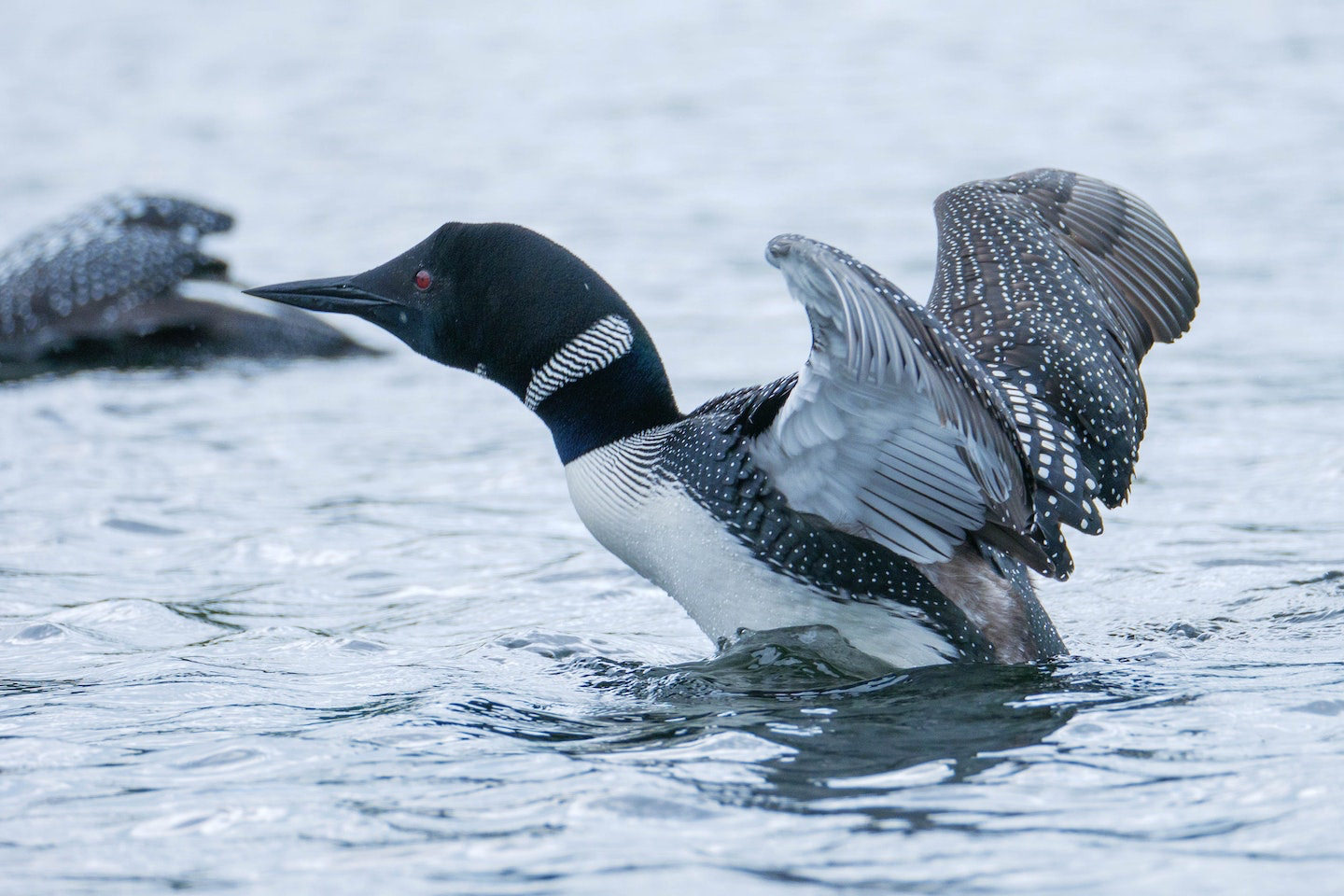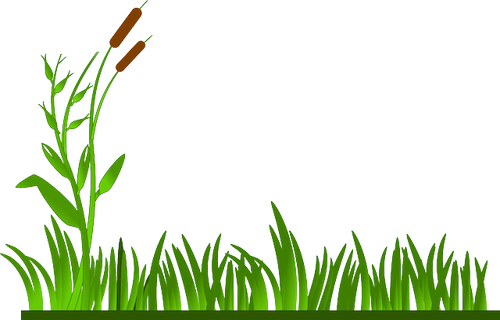Save the date for the Annual General MeetingThe meeting will take place on Zoom on Saturday July 6, 2024.
Visit our Membership webpage to update your membership before then so you can vote on our updated Bylaws and other decisions we have to take.
Native plants have been ordered
This year we will be giving away free plants again. You’ll be able to choose your plants in March!
A natural shoreline helps filter nutrients before they reach the lake. Too many nutrients in the lake decreases water quality, reduces oxygen for fish and allows milfoil and algae to proliferate.
Consider replacing sand, grassy lawns, and retaining walls with shrubs, trees and plants within 10-15 meters of the water. This will also make you compliant with municipal bylaws to avoid any fines once the municipality starts enforcing the shoreline bylaw.
There are templates for what a healthy shoreline looks like on our website as part of the Anne Leech Shoreline Revitalization Project.
Visit this webpage for more information.
Parent Creek project updateSince the first big blue green algae bloom 20 years ago we have known there is a problem with Parent Creek. Run-off from farms reach the lake because it was straightened into a drainage ditch in the 1960s. Now we are developing partnerships with some farmers, CREDDO and ACRE to work together to restore Parent Creek. Re-meandering parts of the Creek will allow vegetation to regrow, making it a better filter.
Last week our application was submitted to the Quebec Ministry of Environment’s “
Programme de restauration et de création de milieux humides et hydriques” for funding Phase 1 - Planning which includes hydrology studies. Once the first phase is complete, we can apply for funding for Phase 2 - Implementation.











